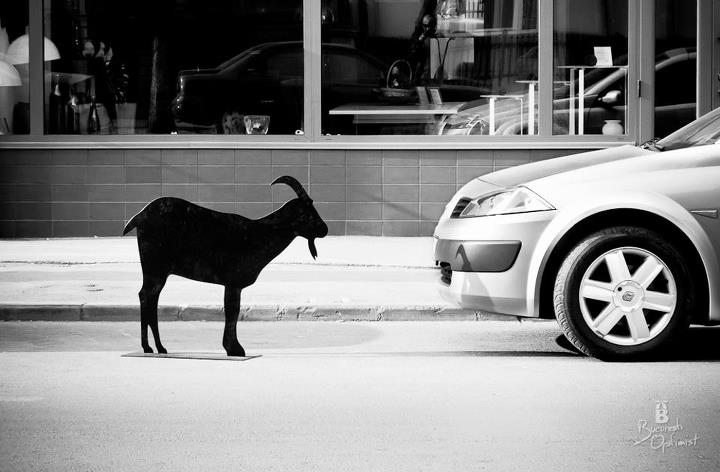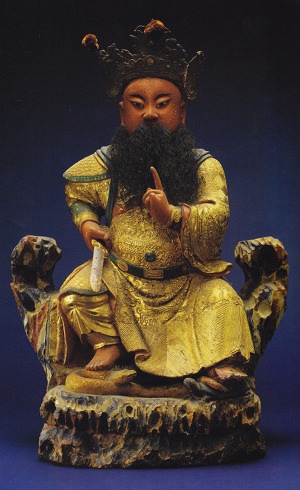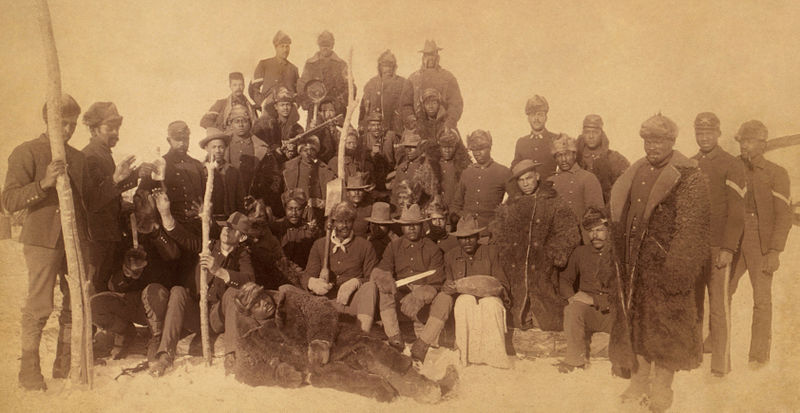Dark Rant Predicting My 45th Birthday
/To Be Read Allowed While Banging On A Pot...
Since about the time humans mastered rope making, stick handling, and making stone points, life hasn’t been much of a struggle except the problems we make for each other and the occasional natural disaster.
Think about that, we are born knowing how to swim, yet a few years later we can drowned from not knowing, ‘though to add irony to mischief, they say most drowning happen in water shallow enough to stand in.
So how best to maintain the cult of our unselfconscious, unstruggling ancestors? By eating raw fish alla the Japanese? By dueling and other staged fights for honor and entertainment? By wild and dangerous sex? By backpacking a couple of times a year? Or is there some way to keep up the cult daily? Shut the doors, close the windows, extinguish all flame? I see the wonders of this retro primitive movement everywhere among my friends in Oakland. There are people keeping bees, chickens, rabbits, and goats--I myself went berserk picking blackberries and plums for canning, juicing, liquors, and baking. As my mother in-law put it, “putting up store!”
As if there were some purpose to these spontaneous rituals? And I do mean rituals, because like the tatooing craze, none of it has any purpose, these are acts of pure meaning! ritual acts of communication with our ancestors. Tribal signals to the future, a Flintstones balance to our Jetsons lives.
I suppose this is what the politics of need is about: a Winchester mystery house of taxes, EBT, subsidies, credit swap leveraged educations, an app to count your footsteps?
If we separated need from identity, would there be anything left?
As elaborate medical procedures pile on top of each other, drugs on top of drugs, surgeries on top of surgeries, implants inside of implants, new, artificial, gene-thearapized, no expense is too great! Like Qinshi Huangdi creating an entire world for himself in death, under the earth in Xian.
Can I just get an astrology reading already?
Did you try walking barefoot? No, I don’t mean in your living room, I mean all day for a hundred days. We seek out shamanic healing, alternatives both new and old. Symbolic rituals of life created and re-created on top of other rituals. Have you tried just letting go of your hips? No I don’t mean in yoga class three times a week, I mean all the time, like a junior gangster riding the bus and taking up two seats. Is that chip on your shoulder just some fundamental need to carry a spear with you everywhere you go?
These walls, these unconscious limits, these un-seen commitments, can we transcend them or can we just see them and be okay with it?
And all this just to begin the conversation about why someone might want to try and learn Tai Chi, Bagua, or Daoyin.
A symbolic, and yet physically real return to baby-hood. To our original nature. Can you give it all up? To sit or stand still for just an hour a day? Tempting fate, challenging life to present some kind of need or purpose outside of preference and constructed identity? Students demand purpose and healing, exercise, power, strength, transparency, a regime, a curriculum, proof! They attach meaning willy-nilly like children playing with dolls. Who am I to interrupt these games?
The arrival of the Goatmilk Cappuccino is a sure sign of the Apocalypse. (Capriccino?)








